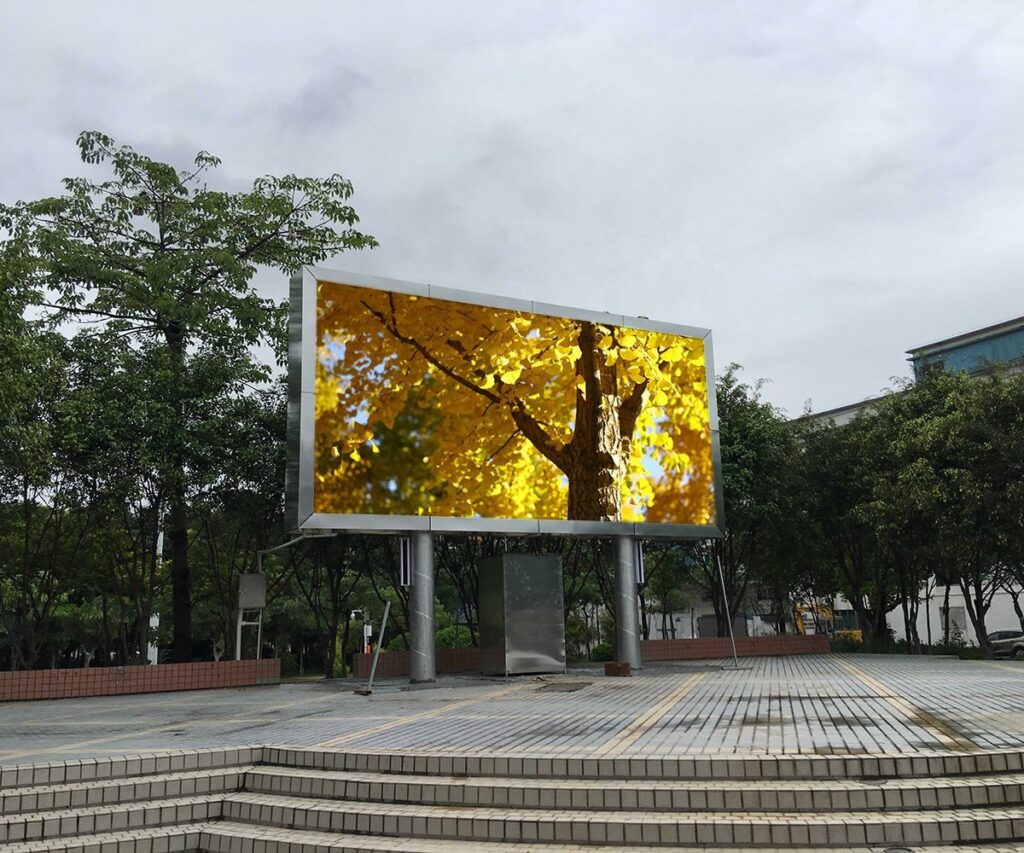In recent years, the concept of smart cities has gained significant momentum worldwide. A smart city leverages technology and data to enhance the quality of life for its residents, improve urban services, and promote sustainability. Among the many technological innovations driving this transformation, outdoor digital displays have emerged as a vital tool. These screens are not only reshaping urban communication but are also contributing to efficient city management, citizen engagement, and economic growth. By integrating digital infrastructure with urban planning, cities are becoming more interactive, responsive, and connected.
Enhancing Communication with Outdoor LED Screens
One of the most prominent features of a smart city is its ability to communicate effectively with its residents and visitors. An Outdoor LED screen serves as a dynamic medium for conveying information quickly and efficiently. Unlike traditional static signage, LED screens can display real-time updates, announcements, emergency alerts, traffic information, and public service messages. This capability ensures that citizens are informed instantly about any changes in city operations or unexpected events. Furthermore, these screens support multimedia content, including video, graphics, and animations, which makes the delivery of information more engaging and visually impactful.
Driving Smart Traffic Management
Urban traffic congestion is one of the biggest challenges in modern cities. Outdoor LED screens play a crucial role in addressing this issue by integrating with smart traffic management systems. These screens can display real-time traffic conditions, parking availability, and route suggestions, helping drivers make informed decisions and reducing congestion. Moreover, cities can use LED displays to provide timely warnings about accidents or road closures, enhancing safety for both drivers and pedestrians. By offering instant information and adaptive communication, these screens contribute significantly to smoother traffic flow and reduced environmental impact.
Promoting Civic Engagement
A key goal of smart cities is fostering a sense of community and citizen participation. Outdoor LED screens facilitate this by broadcasting information about public events, community programs, cultural activities, and government initiatives. Citizens can engage with their city more actively, whether by attending events, participating in surveys, or responding to emergency notifications. Additionally, LED screens can highlight achievements, sustainability programs, and local business promotions, thereby strengthening community identity and pride. This level of engagement ensures that residents feel informed, involved, and valued in the city’s decision-making processes.
Supporting Sustainability Initiatives
Smart cities are increasingly focused on sustainability, aiming to reduce energy consumption and environmental impact. Outdoor LED screens contribute to this goal in multiple ways. They are energy-efficient compared to traditional lighting and static billboards, offering brighter displays with lower power consumption. Additionally, LED screens can reduce the need for paper-based notices and printed advertisements, minimizing waste. By integrating these screens into solar-powered or smart-grid systems, cities can further enhance their green initiatives, demonstrating a commitment to eco-friendly urban development.
Boosting Economic Development
Beyond communication and sustainability, outdoor LED screens serve as powerful tools for economic growth. Businesses can advertise products and services to a large audience in high-traffic areas, increasing visibility and potential sales. Cities can also use these screens to promote tourism, highlight local attractions, and showcase cultural events, attracting both residents and visitors. By combining commercial and public service content, LED screens create a vibrant urban environment that stimulates business activity and fosters a thriving local economy.
Conclusion
Outdoor LED screens are no longer just technological novelties; they are essential elements of smart city infrastructure. From improving urban communication and traffic management to promoting civic engagement, sustainability, and economic development, these screens play a pivotal role in shaping modern urban environments. As cities continue to evolve into smarter, more connected communities, the integration of outdoor LED screens will remain a key strategy for creating interactive, efficient, and sustainable urban spaces. By investing in this technology, city planners and administrators can ensure that residents enjoy a higher quality of life while supporting long-term growth and innovation.



